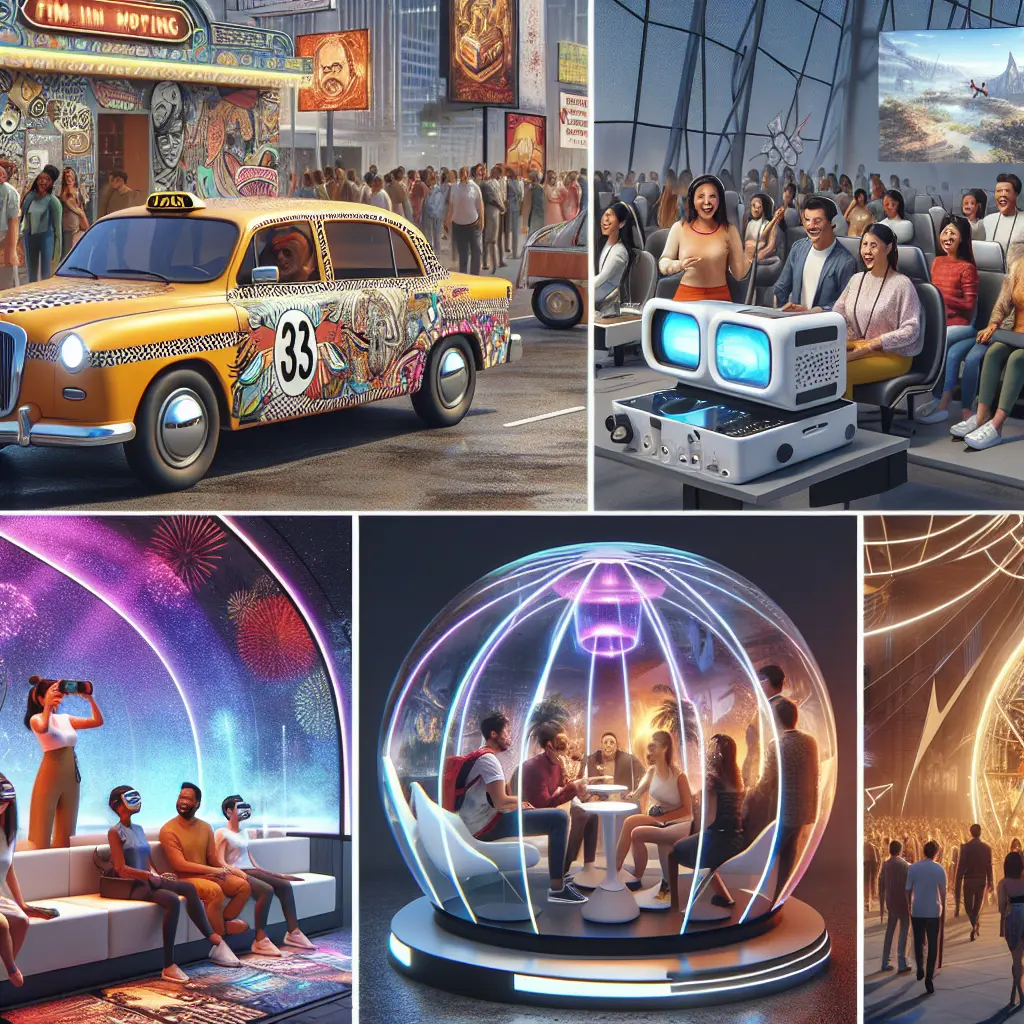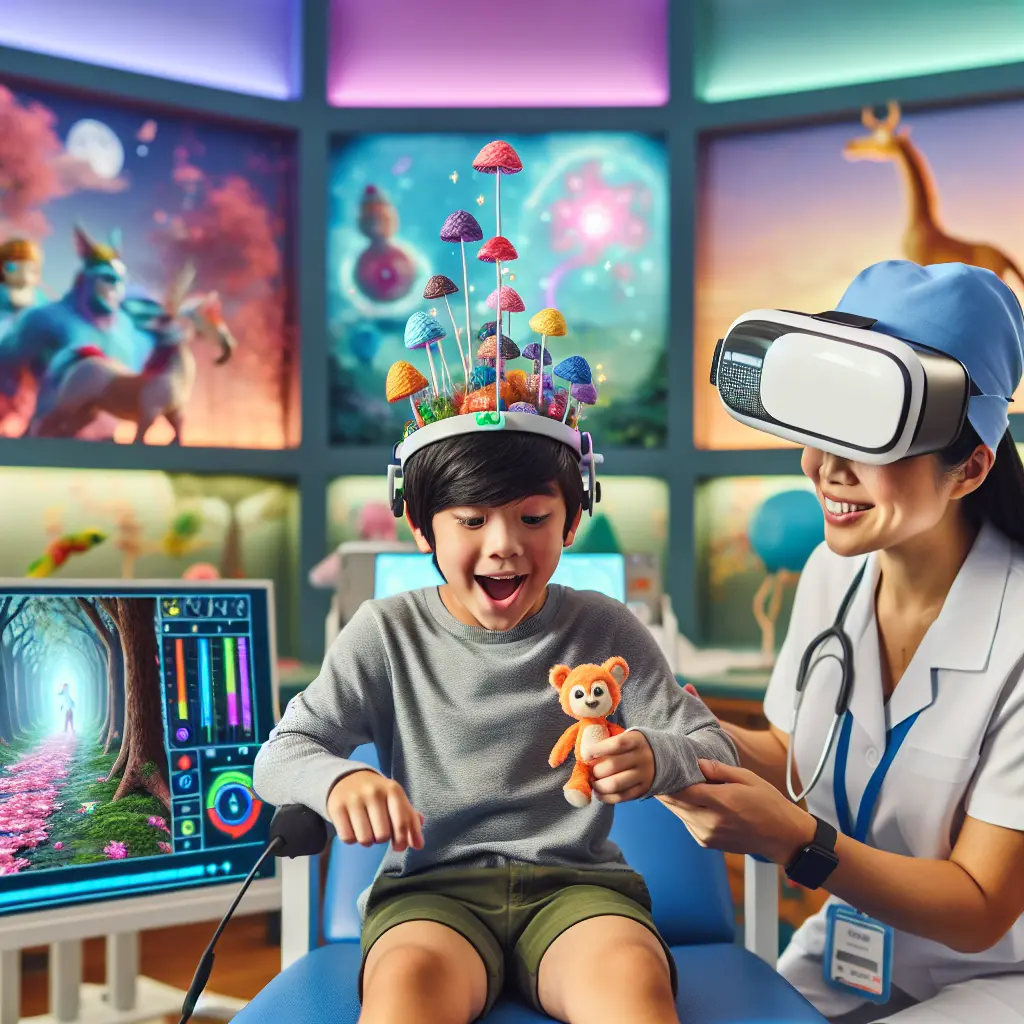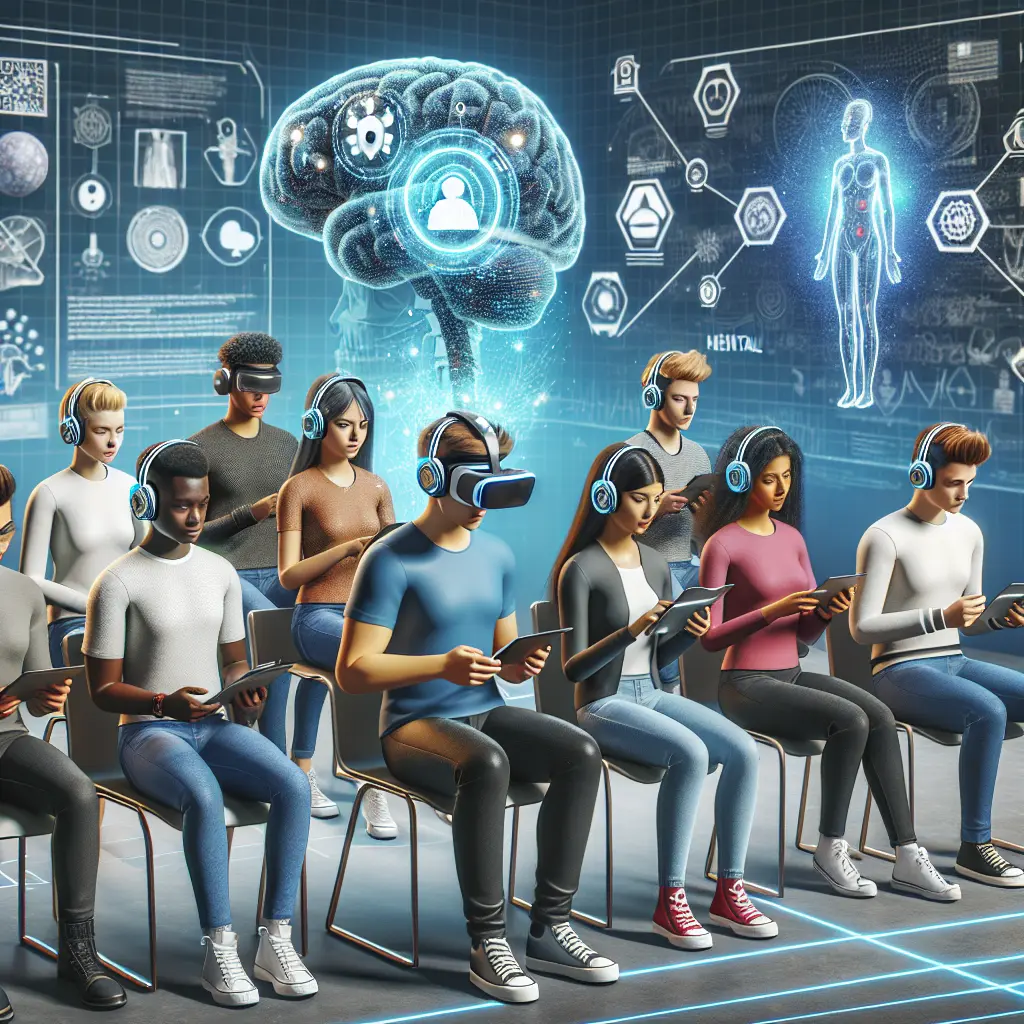Virtual reality therapy is rapidly transforming the way we experience and deliver health care, marking a new chapter in precision, possibility, and patient-centered care.
As technological advancements sweep across the globe, the integration of robotics and artificial intelligence in health care is becoming increasingly commonplace. This technological surge has not only improved surgical procedures and hospital automation but has also paved the way for innovative treatments like virtual reality (VR) therapy.
Virtual reality therapy leverages immersive digital environments to support patients in a variety of therapeutic settings. With the rise of intelligent hospital systems and robotic precision tools, VR therapy is now seen as an integral part of modern health care delivery.
Enhanced Patient Engagement: Immersive environments can distract from pain and anxiety, making treatment more comfortable.
Personalized Treatment Plans: AI-powered diagnostics work hand-in-hand with VR therapy to tailor experiences to individual patient needs.
Remote Access: Patients can receive therapy from the comfort of their homes, increasing accessibility for those with mobility or geographical challenges.
Rehabilitation Support: VR is being used in physical and cognitive rehabilitation, providing interactive exercises that motivate patients.
Safe Exposure Therapy: Individuals with phobias, PTSD, or anxiety disorders can confront triggers in a controlled virtual setting.
Hospitals utilizing robotic-assisted surgery and intelligent automation are uniquely positioned to maximize the potential of VR therapy. For example:
Precision Diagnostics: AI analyzes patient data to suggest optimal VR therapy scenarios.
Adaptive Feedback: Robotic devices can monitor physical responses during VR sessions, adjusting intensity or duration in real time.
Data-Driven Improvements: Continuous monitoring enhances outcomes and fine-tunes therapeutic approaches.
The Synergy of Robotics, AI, and Virtual Reality in Health Care
The fusion of robotics, AI, and VR is unlocking new frontiers in health care, opening opportunities for broader treatment applications, greater accessibility, and more effective collaboration between health care teams and technologists.
Broader Treatment Applications: From pain management to neurological rehabilitation and mental health support.
Greater Accessibility: As technology becomes more affordable and widespread, more patients will benefit from tailored therapies.
Interdisciplinary Collaboration: Health care teams are working with technologists to develop more effective VR therapies.
For more insight into how innovative technology is reshaping hospitals and patient care, you can read further at this article.
As we embrace this era of virtual reality therapy, patients and providers alike stand to gain from increased precision, empathy, and opportunity in treatment. The journey has only just begun—together, we’re stepping into a future where healing is immersive, individualized, and infinitely more accessible.
Looking Ahead: The Future of Healing
Virtual reality therapy is poised to revolutionize patient experiences through personalized and accessible care options, driven by technological innovation in robotics and artificial intelligence.
The integration of VR with other advanced technologies is transforming not only the delivery of health care but also patient outcomes and expectations for the future.
With continued progress and collaboration across disciplines, VR therapy will become increasingly central in providing compassionate and precise care for all.
Until next time, may your reality—virtual or otherwise—bring you closer to well-being.










Leave a Comment